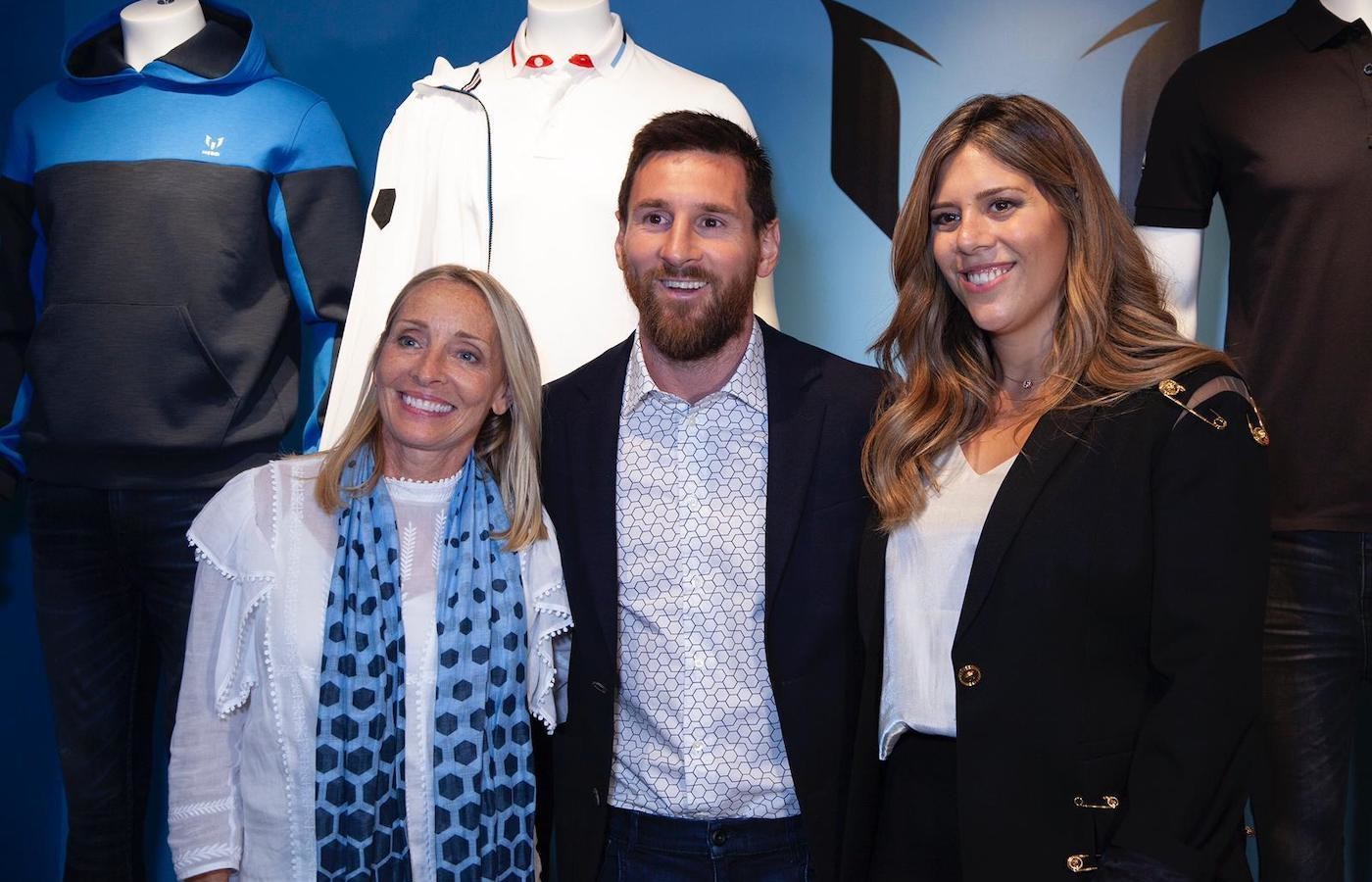Whether we are living through a global pandemic or not, brands are like children—you must nurture them, maintain them. And if you neglect them, failing to attend to the immature, adolescent needs the brand requires, the brand takes off in an entirely different direction.
In an exclusive interview with Thrive Global, Ginny Hilfiger, the youngest sister to Tommy Hilfiger, details how her immersion into fashion and design transformed into one of the most active lifestyle brands that she has had the ability to groom—The Messi Store.
Twelve years apart from Tommy and the youngest of nine, Ginny began her career in design at an early age, growing up in the fashion industry, watching the birth of the iconic brand, Tommy Hilfiger Corporation.
Founded in 1985, the Tommy Hilfiger Corporation was the newest and trendiest clothing line for consumers, initially making its debut with a high-profile marketing campaign which was on display for all of Times Square to see. The company eventually went public in 1992 with the introduction of Hilfiger’s signature menswear collection.
As Ginny began her education attending Fashion Institute of Technology (FIT), she simultaneously began designing as the Hilfiger brand began to really evolve. “I was there helping them create the whole thing, working every day after school, and then continuing to design and work my way up the ranks at Tommy, creating many things for Tommy.”
In the years of growing the Hilfiger brand, Ginny described it as “really fun,” thinking back to a time in 1990, where she and the entire design team were all on one floor. “It wasn’t even a full floor; it was a loft with Tommy, so Tommy’s office was right there, and then it was the design team and I right outside his office in what could only be described as one floor. Down the stairs from the loft were just the showrooms, and on the sides of the showrooms were the salespeople who had their offices and cubicles. And that was it.”
As Close as Hands and Feet
Over the years of working closely together, Ginny describes the overall dynamic between she and Tommy to be very positive, characterizing her older brother as a “perfectionist:”
“I learned a lot from [Tommy],” she shared with me. “He’s a really good mentor because he doesn’t really get mad. He never loses his temper, but he definitely doesn’t settle for anything but the best.”
Hilfiger went on to add that there were times where she and the team had to keep giving [Tommy] “these prints that he wanted to put in the line, back and forth, back and forth, until he loved the way the flag was billowing in the wind, you know? It had to be perfect and that the ropes had to be braided perfectly, and shaded perfectly, so it looked real. He’s a real perfectionist, so we all had to really do everything detailed and perfect in order for him to approve it. We learned a lot because he’s very into authenticity and detail. He always wanted new, new, new, new, new—so for us in design, it was always a challenge because we would get stuck on a trend or certain path, and he would want to turn everything upside down and make it completely different.”
But that’s why Hilfiger as a brand is what it is today, going back to the idea that a brand is no different than raising an infant up and until adolescence, where it’s strong enough to stand on its own two feet, transforming and molding to new trends and opportunities. “That’s why [Tommy] is who he is and where he is today, because he always wanted to move to the next level…it was such a good learning experience.”
Today’s Digital Age Adds to the Pressures of Maintaining ‘Relevance’
Over the years, Ginny says that the challenges she has faced in the business have been different, but emphasizes the importance of sticking to your guns, not succumbing to outside influences and pressures.
“I think continually trying to make sure that the product you are doing is special and you’re not going to sell yourself short, and you know, making it less than what it is because of outside pressures from say, us not doing mass production right now because we want to nurture the brand and make it really nice, and keep it high-quality—but rather, sticking to your guns and not falling into that type of ‘dime a dozen’ at this point in time. It’s about keeping your integrity and staying consistent in your beliefs.”
As our conversation came to a close, Ginny shared her insight when it comes to other women who seek to overcome the stigma of what seems to be a primarily “male-dominated” industry:
“Fashion is changing every day. My advice would be to go for what you want and don’t settle for less because you are afraid of the stigma. Women in fashion are becoming more powerful than ever. The thing is that the fashion world is for everyone. If there is any industry that is able to sideline preferences, it is the fashion world. To me, music, art and fashion are the industries that are the most open minded to all.”
At the end of the day, Ginny wants to set The Messi Store apart from other brands, primarily to avoid historical stigmas that are designed to alienate, segregate, and discriminate against what society deems to be “right.”
“I love the new way because it’s making people be individuals, and not in that ‘Barbie Doll 1950s’ everyone has to act the same kind of Stepford wife way of being, which I think is the worst thing in the world.”


